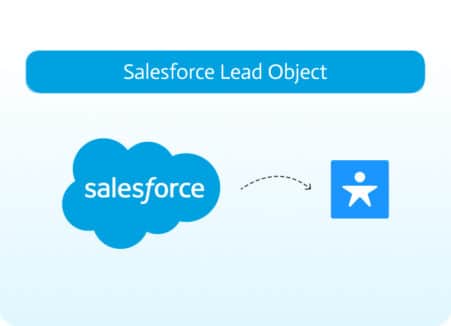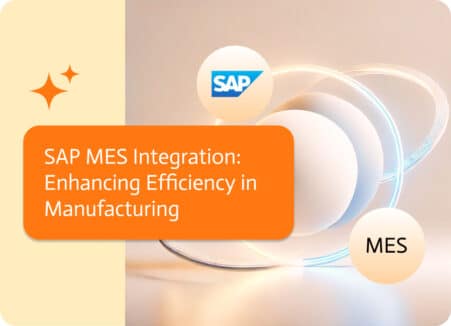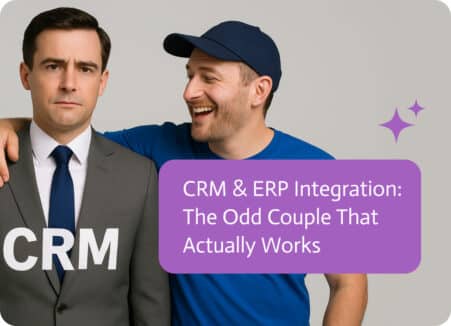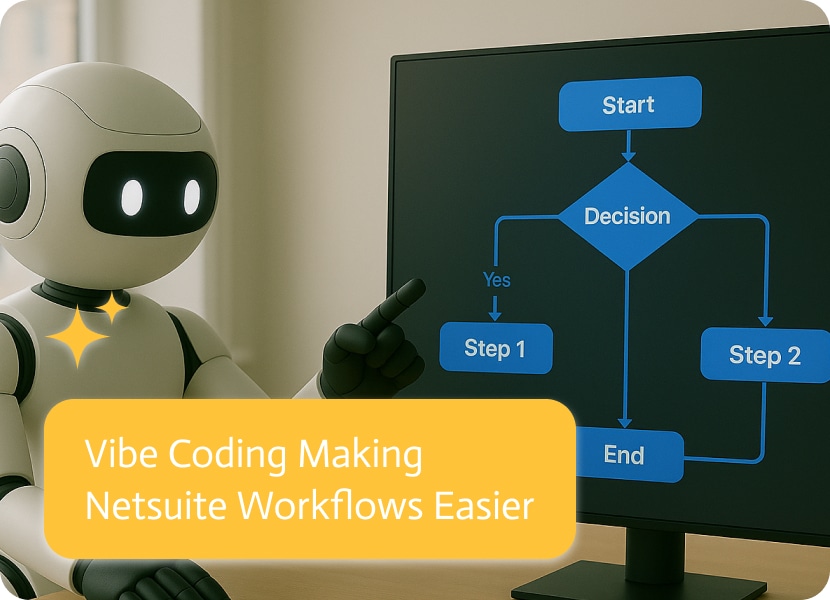
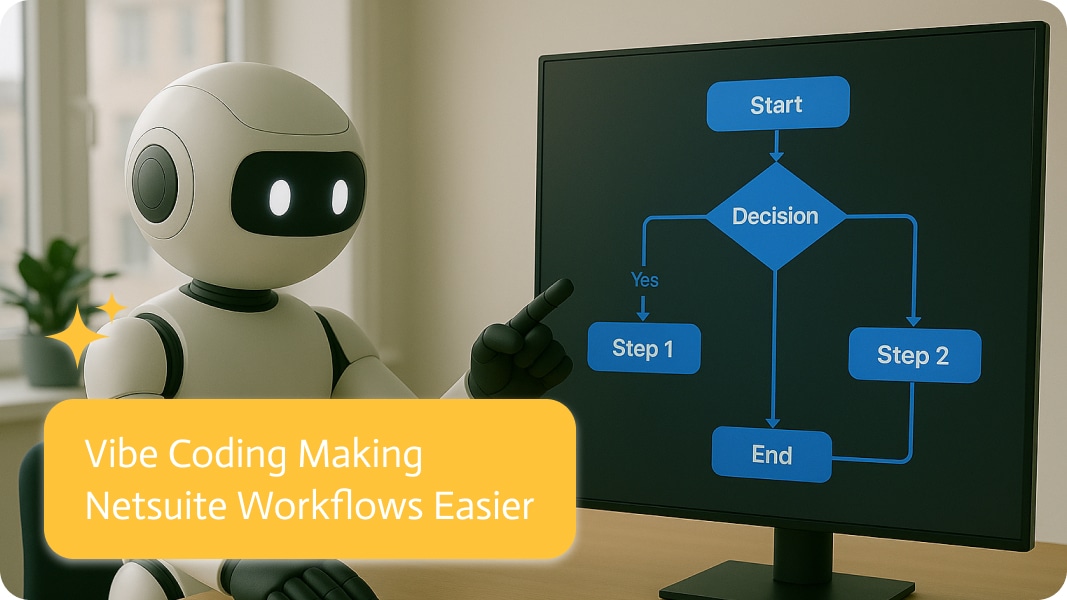
Vibe Coding Apps With Noca to Make NetSuite Workflows Easier
ERP software platforms are vital for today’s businesses, handling everything from finances and inventory to customer relations and supply chains. NetSuite, Oracle’s flagship cloud ERP, has earned a reputation as one of the most flexible, particularly among mid-sized and large enterprises. Yet anyone who has ever managed a NetSuite workflow knows setting up and customizing processes can be rigid, expensive, and painfully slow. Even a small tweak often requires back-and-forth revisions with developers or consultants.
That’s where vibe coding utilizing Noca becomes useful. Instead of using lines of code or long IT projects, Noca lets business users explain what they want an app to do in simple terms. The platform interprets that description, builds the logic, and generates a working application that plugs directly into NetSuite. The result is a faster, more intuitive way to automate the kinds of routine jobs, like inventory updates or order processing, that normally bog down ERP teams.
Evolution of ERP Systems and NetSuite
ERP systems have been around since the 1970s, born from manufacturers’ need for better management. These systems grew to cover almost every part of operations. NetSuite made a splash in the late 1990s as the first cloud-native ERP, sparing businesses the cost and complexity of on-premise servers. Despite all the breakthroughs, customization challenges never really went away. Companies often still need teams of specialists to align workflows to the usually very niche needs of their business.
Noca is tackling this gap directly. Instead of asking business users to learn NetSuite’s technical architecture, it flips the model: allowing you to explain the workflow in your own words, and the system translates that request into a functioning app.
How Noca Builds NetSuite Apps Using Vibe Coding
The magic of Noca is not just what it does but the actual process. Building an app starts with intent. A user starts by opening Noca’s interface and writing something like, “I want an app that monitors stock in NetSuite, warns me when inventory drops below 200 units, and automatically makes a purchase order.” Noca’s engine parses this request, finds the necessary data connections in NetSuite, and creates the workflow.
Behind the scenes, Noca is mapping the user’s language to actual actions: querying NetSuite’s inventory tables, setting thresholds, creating triggers, and tying those triggers to NetSuite’s purchasing module. Once the initial app is generated, users can tweak it with additional prompts: “Also, send a Slack message to the warehouse team” or “Log the request in a dashboard with date and time.”
The platform doesn’t leave users stranded with a black box, either. Noca shows a visual view of the workflow so managers are able to watch everything happen in the process, edit conditions, and test before actually using it. It connects through secure APIs, so data moves smoothly between NetSuite and the app. In hours, or sometimes even minutes, a process that used to take weeks of developer time is up and running.
Why Vibe Coding Matters for NetSuite Users
The shift toward vibe coding is happening at a moment when businesses need more agility than ever. Problems with supply chains and changing customer needs have shown the limits of strict ERP systems. Companies can’t wait months to adjust their workflows; they need tools that respond at the speed of business.
At the same time, ERP developers are in short supply, and their expertise comes at a premium. Many IT departments face long backlogs of customization requests that frustrate business units. By letting managers and analysts build their own lightweight apps, Noca reduces that bottleneck and frees IT to focus on larger strategic initiatives.
The technology is also maturing at the right pace. Advances in NLPs and AI-driven systems platforms have made it possible for systems to reliably process instructions. Because NetSuite is already cloud-native, it lends itself well to external app layers without introducing major infrastructure headaches.
Real-World NetSuite Workflow Automation Example
Manufacturing companies once used manual spreadsheets when it came to monitoring raw materials. Every week, staff would export NetSuite data, compare it with purchase orders, and manually draft replenishment requests. This process was error-prone and time-consuming.
With Noca, the company’s operations team created an app that continuously monitors inventory levels in NetSuite, flags shortages, and automatically generates purchase requests when it reaches a certain level. The app also links to the supplier’s ordering portal, so confirmations feed back into NetSuite. Within the first quarter, order processing times dropped dramatically, and stockout-related delays were reduced by nearly 40 percent.
Expert Insights on Noca and ERP Innovation
ERP strategists say the biggest change Noca brings is shifting control from developers to the business users who understand the processes best. Managers can now try things out directly instead of waiting for IT to build a tool; this makes the tweaking of processes without fear of breaking the larger system possible.
Managing data is still important, and companies need to make sure the apps being built follow company rules and compliance standards. Without oversight, businesses risk creating a sprawl of unsupervised tools. That’s why many experts recommend users ensure IT departments set the guardrails for security.
Noca Vibe Coding Challenges and Future Trends
The promise of vibe coding doesn’t mean it’s without friction. Integration complexity in companies that use systems other than NetSuite is still a threat. Managing change is also just as important, as employees who are used to old processes might resist new tools, even if they make their jobs easier. And scalability matters: while it’s easy to spin up small apps, organizations need strategies for maintaining them as they proliferate.
Looking forward, Noca is expected to grow more autonomous. Instead of waiting on a user to ask for an app, it may soon analyze workflows and suggest automations proactively. Industry-specific templates are also on the horizon, meaning retailers, or any type of business entity for that matter, could tap into prebuilt app designs for their particular sector. Security frameworks will also tighten as vibe coding expands, making sure compliance and control keep up with industry rules and don’t fall behind.
Soon, ERP systems may look less like giant platforms and more like ecosystems of interconnected micro-apps, continuously adjusted by the people who use them. NetSuite could become the stable backbone, while Noca acts as the nimble interface for adaptation.
Organizations considering vibe coding for their NetSuite workflows should start small, targeting one or two high-friction processes where the impact will be felt immediately. Early wins build confidence across the company. IT should remain in the loop, not to block innovation, but to ensure standards are followed. Tracking results, like time saved, fewer errors, or happier users, helps justify the case for scaling further.
Final Thoughts
ERPs have always carried a reputation for being powerful but cumbersome. NetSuite, despite its advantages as a cloud-native system, still has pitfalls when customizing workflows. Noca’s vibe coding model directly addresses this, offering a way for everyday business users to build apps to automate regular tasks without endless revisions or having to splurge on developers.
Now that managers just describe their needs in natural, simple language and see those needs turned into working tools, Noca makes it quicker to go from problem to solution. It’s not a perfect method, and control is still important, but its trajectory indicates an agile and more user-driven ERP future. Vibe coding utilizing Noca isn’t just a small improvement for companies that want their software to change as fast as their business does. It’s a new approach to how enterprise systems are built, maintained, and used.
